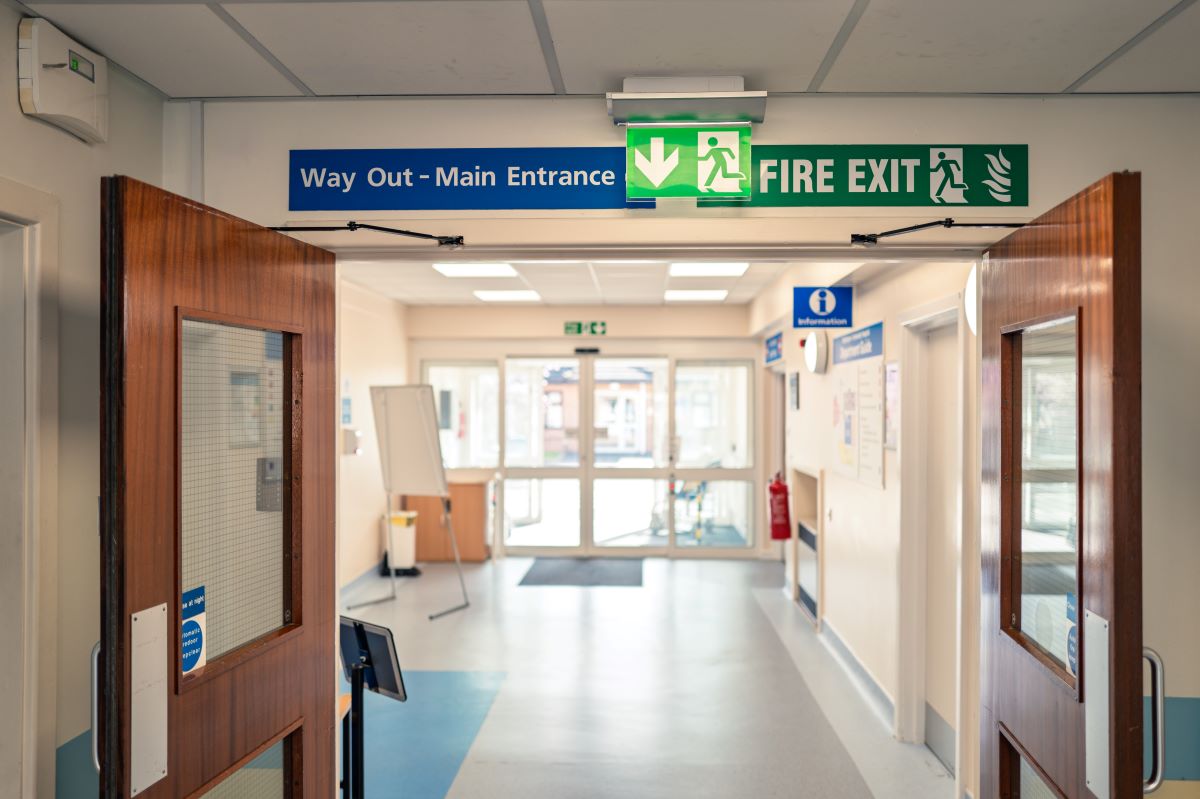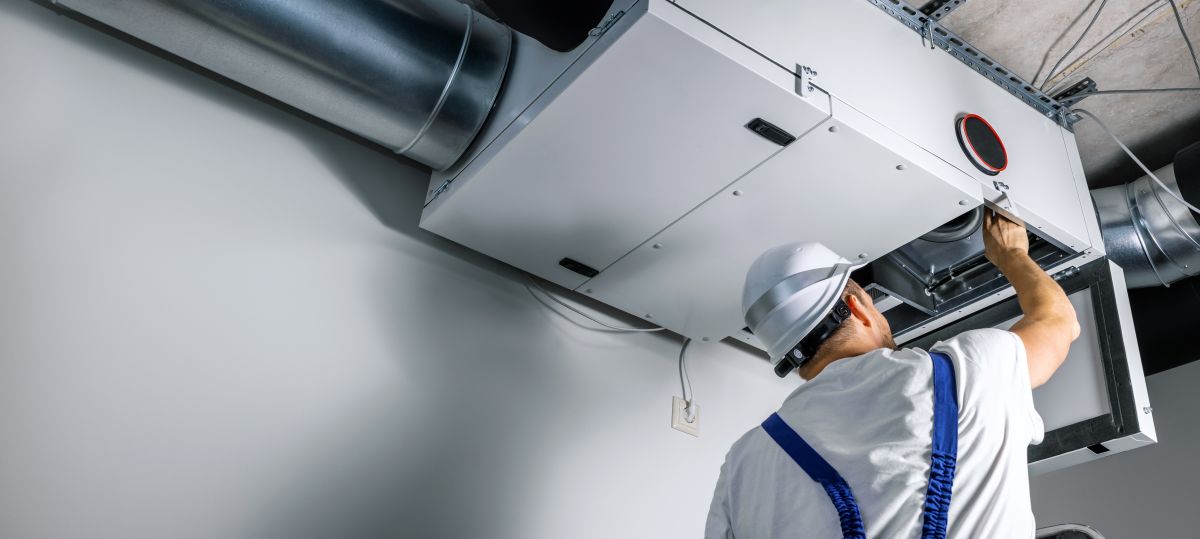What’s a Rich Text element?
The rich text element allows you to create and format headings, paragraphs, blockquotes, images, and video all in one place instead of having to add and format them individually. Just double-click and easily create content.
Static and dynamic content editing
A rich text element can be used with static or dynamic content. For static content, just drop it into any page and begin editing. For dynamic content, add a rich text field to any collection and then connect a rich text element to that field in the settings panel. Voila!
How to customize formatting for each rich text
Headings, paragraphs, blockquotes, figures, images, and figure captions can all be styled after a class is added to the rich text element using the "When inside of" nested selector system.
- This is a list item
- Another list item
- Numbered item
- Another numbered item
Some link
Fire doors are a critical part of any building’s passive fire protection system. They compartmentalize fire and smoke, giving occupants more time to evacuate and reducing structural damage. But their effectiveness depends entirely on their condition - which is why routine inspection and maintenance are essential.
More organizations are now creating in-house fire door inspection programs to stay compliant, ensure safety, and manage costs. We’ll walk through how to set up a strong in-house program, covering:
- Why fire door inspections matter
- Legal and code requirements
- Assigning responsibilities
- Training internal staff
- Setting inspection schedules
- Using compliant checklists
- Recordkeeping and reporting
- Common deficiencies and how to fix them
- When to call in the experts
Why Fire Door Inspections Matter
For the past two decades, there has been increased focus on maintaining fire barriers - particularly above ceilings for unsealed penetrations. However, the most vulnerable opening in a fire barrier is the fire door itself, as fires typically originate below the ceiling.
Fire doors, or “opening protectives,” are designed to resist fire and smoke for a rated period - typically 20, 45, 60, or 90 minutes. In healthcare settings, where patients cannot self-evacuate, fire compartments are essential to implement a defend-in-place strategy. These compartments rely on fire doors to function effectively.
Due to frequent use, fire doors are especially susceptible to wear, damage, and improper installation. A compromised fire door can invalidate the integrity of the entire fire barrier.
Routine inspection and maintenance help to:
- Ensure compliance with fire safety regulations
- Prevent minor issues from becoming major hazards
- Extend the lifespan of fire doors
- Minimize legal and accreditation risk
- Provide peace of mind
Organizations that neglect fire door maintenance risk serious consequences - ranging from fines and accreditation loss to tragic outcomes during a fire event.
Know the Code Requirements
Before launching your in-house program, become familiar with NFPA 80: Standard for Fire Doors and Other Opening Protectives, particularly the 2010 edition if you're accredited by CMS or organizations like Joint Commission, DNV, AAAHC, ACHC, or CIHQ.
Your applicable edition of NFPA 80 will depend on the adopted version of NFPA 101: Life Safety Code in your jurisdiction. For example, CMS has adopted the 2012 edition of NFPA 101, which references the 2010 edition of NFPA 80.
Focus your attention on these key chapters in NFPA 80 (2010):
- Chapter 3 – Definitions: Terminology related to fire door assemblies and components
- Chapter 4 – General Requirements: Door classifications, glazing, hardware, and clearance tolerances
- Chapter 5 – Care and Maintenance: Inspection criteria and required checklists
- Chapter 6 – Swinging Doors with Builders Hardware: Installation and clearance specifications
- Chapter 7 – Swinging Doors with Fire Door Hardware: Requirements for fire-rated hardware and integral fire doors
Step 1: Assign Roles and Responsibilities
Establish clear responsibilities from the outset. Appoint a Fire Door Program Manager or Responsible Person to oversee the entire process, including scheduling, training, inspections, and reporting.
Team responsibilities may include:
- Conducting inspections
- Maintaining a fire door inventory
- Reporting and resolving deficiencies
- Coordinating with maintenance or contractors
- Keeping logs and generating compliance reports
Ensure this team is integrated into your overall life safety and compliance programs.
Step 2: Train Your Staff
While you don’t need to be a certified fire door inspector, you must demonstrate competency to perform inspections. Training can be in-house, online, or through external providers. Ideally, staff should complete an exam or assessment to verify their knowledge.
Training should cover:
- Fire door components and how they function
- Relevant codes and standards (NFPA 80, NFPA 101)
- Inspection tools and checklists
- Identifying and documenting deficiencies
- Correcting minor issues
- ALSM/ILSM documentation procedures
Retain certificates, training records, or exam results for compliance evidence.
Step 3: Establish an Inspection Schedule
Fire doors must be inspected and tested at least annually, unless a performance-based schedule is approved by your AHJ. High-traffic or damage-prone doors may require more frequent checks. Below are three scheduling options that you can employ.
Three scheduling options:
- Performance-Based Inspection
- Based on historical data
- Requires justification and AHJ approval
- Offset Annual Inspections
- Divide the building into zones (e.g., by floor)
- Inspect different areas throughout the year
- Easier to manage deficiencies
- Full Annual Inspection
- Inspect all fire doors in a building within a single time frame
- Easier to track and document compliance
Pro Tip: Bring in a certified third-party fire door inspector every 3 years to perform a quality assurance audit of your internal program.
Step 4: Use a Standardized Checklist
Inspections should be consistent and thorough. Use a checklist that includes at least the 11 mandatory items from NFPA 80 (2010), and optionally include additional best practices.
Minimum 11 NFPA 80 (2010) Checklist Items:
- No open holes or breaks in the door or frame
- Glazing and vision lights are intact and secure
- Door, frame, and hardware are aligned and undamaged
- No missing or broken parts
- Clearance tolerances met (e.g., 3/4” undercut, 1/8” top/sides for wood doors)
- Self-closing device works properly
- Coordinators ensure correct door leaf sequence
- Latching hardware secures the door
- No auxiliary hardware impeding operation
- No unauthorized field modifications
- Gasketing and edge seals are present and intact (if required)
Recommended Additions:
- Labels are visible and legible
- Signage does not exceed 5% of door area and is not mechanically fastened
- Fire ratings comply with the barrier’s opening protective rating requirements
- Latch throw aligns with labeled specifications
- Fire doors with automatic operators function properly (test with alarm system)
Checklists may be paper-based, digital, or app-driven—just ensure consistency.
Step 5: Recordkeeping and Reporting
Accurate records are essential for compliance. Each fire door inspection report should include:
- Date of inspection
- Facility name and address
- Inspector name, company, and signature
- Unique ID and location of each fire door
- Pass/Fail results
- Notes on deficiencies
- Follow-up actions taken
Use a Computerized Maintenance Management System (CMMS), compliance app, or even a spreadsheet—whatever matches your facility’s size and needs.
Step 6: Address Deficiencies Immediately
Common fire door issues include:
- Missing/broken closers
- Doors not latching or closing
- Damaged or missing seals
- Excessive clearances
- Painted or missing labels
Minor repairs may be handled in-house, while others require a qualified fire door contractor.
Important: Never modify a fire door or frame without professional guidance. Even small alterations can void its fire rating.
For unresolved deficiencies, perform a life safety risk assessment to determine severity. Implement alternative/interim life safety measures (A/ILSM) as needed and document everything to close the compliance loop.
When to Bring in the Experts
Even with a solid in-house program, you may need external help for:
- Initial certifications
- Field evaluation of modified components
- Field labeling
- Complex repairs or replacements
- Third-party quality assurance
Develop relationships with qualified, certified fire door inspectors and contractors for support when needed.
Best Practices for a Reliable Program
- Label every fire door with a unique ID
- Conduct regular QA audits to ensure consistency
- Update life safety drawings to reflect actual conditions
- Educate occupants about proper door use (e.g., don’t prop open doors)
- Monitor inspection trends to catch recurring issues early
- Stay current with codes and standards
Final Thoughts
Fire doors are a front-line defense in a fire emergency. They only work if they’re properly maintained. An in-house inspection and maintenance program empowers your team to proactively manage compliance, reduce risk, and protect lives.
By assigning responsibilities, training staff, following structured inspection processes, and addressing deficiencies promptly, your organization can build a robust, code-compliant, and effective fire door program.
Need Help Getting Started?
Plenty of free or low-cost resources are available, including:
- Fire door inspection checklists
- Online training modules
- Code summaries and guidance documents
Or, partner with a life safety consultant to build a program tailored to your facility’s needs.
Soleran also has an application, Fire Safety Manager, that helps keep you scheduled and compliant.
About the author

Ruben Garcia
Market Director, Facility Management, CHFM
Common Spirit Health
Ruben Garcia is the Market Director of Facilities Management for CommonSpirit Health. He is a recognized leader in healthcare facilities and life safety compliance. With a background in life safety systems, hospital maintenance, and capital project management, he brings over a decade of hands-on expertise. Known as “The Life Safety Guy,” Ruben simplifies complex code requirements and empowers facility professionals through clear, practical guidance. He’s also a life safety surveyor with AAAHC.










.svg)














.svg)






.svg)
.svg)
.png)